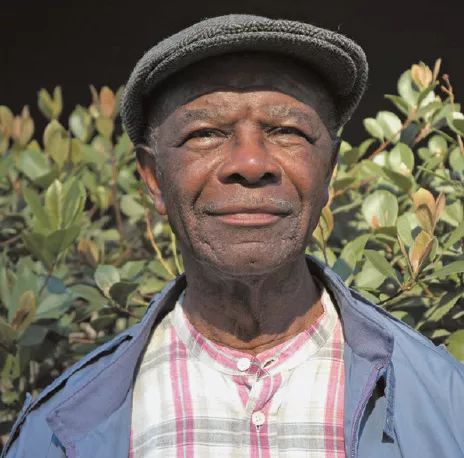The conversation about reparations for former enslaved Afri-cans and their descendants has been ongoing since the end of the Civil War, starting with the 1865 order to provide former enslaved families with forty acres and a mule. The order was never realized. Today, the issue has returned to the national stage. Democratic presidential candidates are talking about it. And the U.S. Con-gress is looking to revive a decades-old bill (H.R. 40) that would establish a commission to study the systemic pattern of human rights violations against African Americans, including crimes of slavery, Jim Crow laws, and other forms of racial discrimination.
But amidst all of this debate, many people are still confused about what reparations are. Here’s a snapshot of what people are talking about and what’s happening around the country.
What are reparations?
The term “reparations” serves to acknowledge the legal obligation of a state, individual(s), or group, to repair the consequences of violations— either because it directly committed them or it failed to prevent them. They also express to victims and society that the state is committed to addressing the root causes of past violations and to ensuring they don’t happen again. Historical efforts in the U.S. have included monetary compensation and formal apologies. Today, the concept of reparations is much broader and is largely focused on repairing, heal-ing, and restoring a people injured because of their racial identity.
“Injustices exist because the federal government made sure black people had less access to education, homeownership, and employment in certain jobs,” says Justin Hansford, an associate professor of law and executive director of the Thurgood Marshall Civil Rights Center at Howard Univer-sity School of Law in Washington, D.C. “[So] it’s not wrong to ask the federal government or institutions to fix these problems.”
Local change is happening now While the federal government is making small gains, more is happening on a local level, Hansford says. In September 2019, leaders of the Virginia Theological Seminary, which is located in a building construct-ed by enslaved people, announced a $1.7 million fund for reparations. According to the school’s website, the money will be used to address the “particular needs” of descendants of enslaved people who worked at the seminary, to create programs that “promote justice and inclusion,” and to uplift the work and voices of African American alumni and clergy within the Episcopal Church—especially at historically black congregations.
In Chicago, city officials are of-fering counseling services to victims of the police brutality that took place between 1972 and 1991. Officials are also supporting the construction of a public memorial to the victims, who are mostly African American. Addition-ally, school curricula will now include lessons about the legacy of the nearly 20 years of police abuse.
What is NEA doing?
In 2019, delegates of NEA’s Repre-sentative Assembly adopted a resolu-tion calling for a task force to study current and historical reparations efforts in the U.S. It will also explore how educators, students, and communities can be involved in discussions around supporting reparations.
NEA will work with groups such as the National Coalition of Blacks for Reparations in America to support the coalition’s efforts.
“This is [about] more than just money,” says Cecily Myart-Cruz, an elementary and middle school teacher of 25 years and chair of NEA’s Black Caucus. “It’s about understanding and acknowledging that Africans were forcibly brought to the U.S., ripped from their families, abused, tortured, and many killed—not that long ago — and [it’s] about repairing these wrongs and fulfilling broken promises.”
The man behind the mission

NEA’s resolution on reparations has been a long time coming and exists largely due to the efforts of one man, Ernie C. Smith, who died in 2010. An industrial arts and social stud-ies teacher from California, Smith was a founding member of the United Teachers of Los Angeles. In 1989, he introduced a resolution on reparations to the NEA RA and continued to introduce the measure until his retirement.
“While we’ve moved the goal post with this resolution,” says Myart-Cruz, “we still need to do more, and educators can take the lead on reparations in the same fighting spirit that Ernie Smith had.”
What Can You Do in Your Community?
Talk to church leaders, city council members, and affinity groups within area universities. Read about the legacy of slavery online at the New York Times’ “1619 Project” and at rethinkingschools.org. Join a book club, listen to TED Talks, acknowledge white fragility and supremacy, and support ethnic studies.


